Ford’s assembly line workers are being outfitted with exoskeletons.
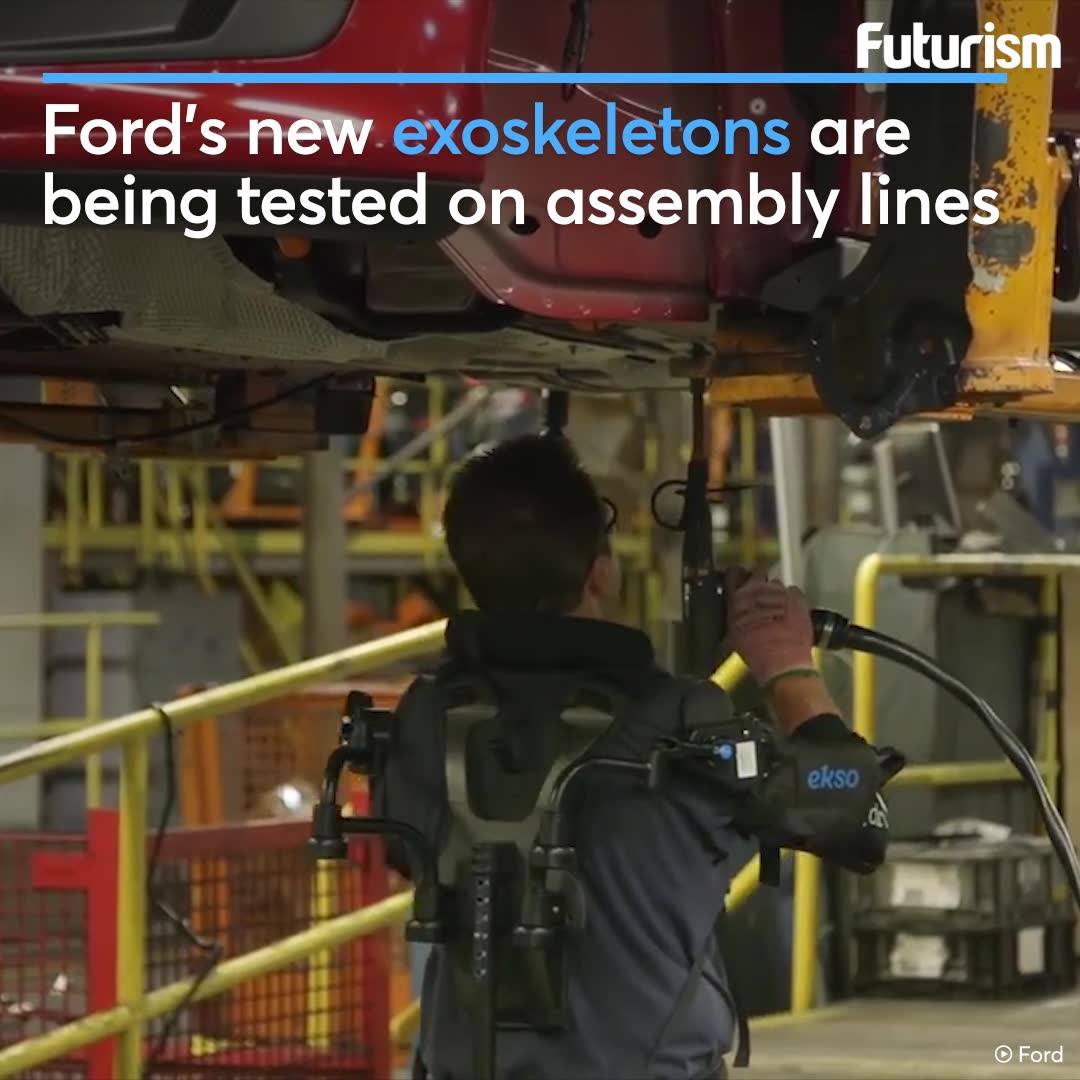


The humble house plant could soon start earning its keep by lighting up a room, if new research from MIT pans out. Engineers have hacked watercress plants to make them glow for a few hours at a time, and while it’s currently only about as bright as those old stars you might have stuck to your ceiling as a kid, the long-term plan is to develop plants that you could read by to reduce the need for electric lighting.
The idea of a glowing plant is not particularly new. They’ve been promised by Kickstarter campaigns for years, including the likes of Bioglow and Glowing Plants, but those startups have since gone bust. Although we’re not going to pretend that this new project is immune from meeting the same fate, having the backing of MIT scientists gives us a little more hope that the glowing plants might eventually bear fruit.
The work comes from the same “plant nanobionics” team that recently designed explosive-detecting spinach and leaf sensors that can alert farmers at the first sign of thirsty crops. In this case, the researchers wanted to tackle lighting, which accounts for about 20 percent of energy consumption worldwide.
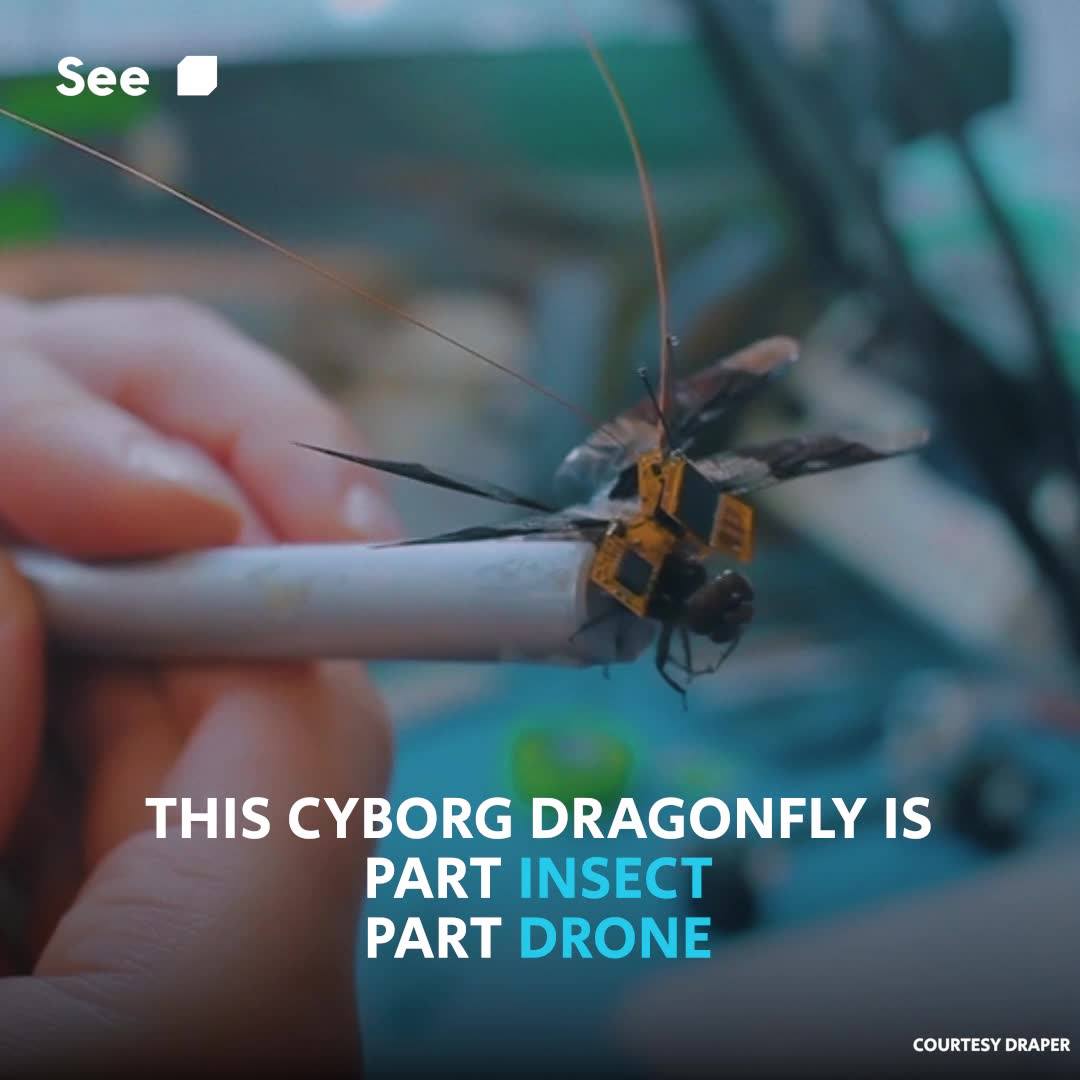

Lots of futurists are in it. A 5-min section on my #transhumanism work, including the Transhumanist Bill of Rights (image of me below writing the first version on steps of US Supreme Court), is in the doc. My section starts about 45:30, and there are some YouTube versions out there too now (google the title Cyborgs Entre Nosotros) if there are issues to watch outside Spain: http://www.rtve.es/alacarta/videos/la-noche-tematica/noche-tematica-cyborgs-entre-nosotros/4341838/
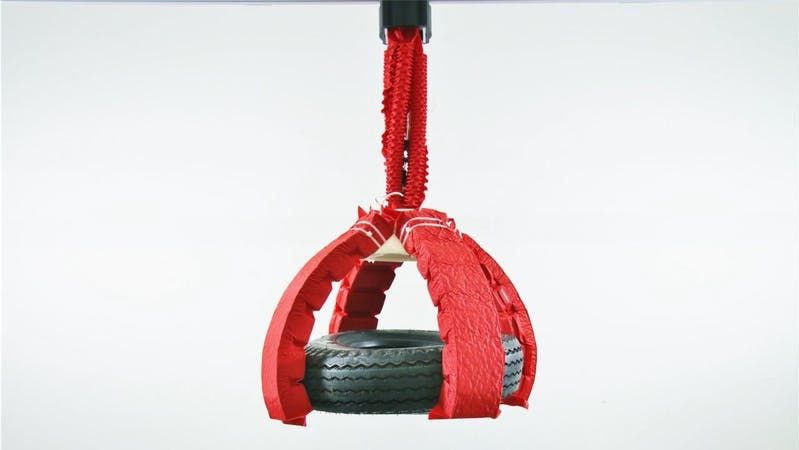
By Lindsay Brownell
(CAMBRIDGE, Mass.) — Soft robotics has made leaps and bounds over the last decade as researchers around the world have experimented with different materials and designs to allow once rigid, jerky machines to bend and flex in ways that mimic and can interact more naturally with living organisms. However, increased flexibility and dexterity has a trade-off of reduced strength, as softer materials are generally not as strong or resilient as inflexible ones, which limits their use.
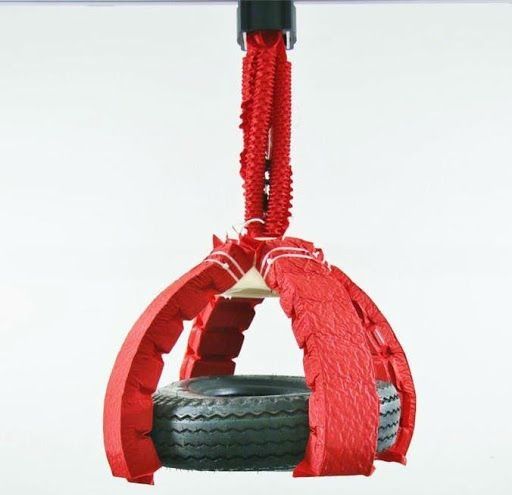

Most people probably aren’t aware of this, but the 2016 U.S. Presidential election included a candidate who had a radio-frequency identification chip implanted in his hand. No, it wasn’t Donald J. Trump. It was Zoltan Istvan, a nominee representing the Silicon Valley-based Transhumanist Party and his body-worn chip unlocked his front door, provided computer password access and sent an auto-text that said: “Win in 2016!”
The transhumanist movement – employing technology and radical science to modify humans – offers a glimpse into the marriage of machines and people, the focus of a recent paper released by the Institute for Critical Infrastructure Technology (ICIT). With cybernetic implants already available to consumers, the prospect for techno-human transmutation – cyborgs – is not as far away as many may think.
“We are moving towards automation, we are moving towards machine learning,” said Parham Eftekhari (pictured), co-founder and senior fellow at ICIT. “We’re seeing it impact a lot of our society.”
Eftekhari stopped by the set of theCUBE, SiliconANGLE’s mobile livestreaming studio, and spoke with co-hosts John Furrier (@furrier) and Dave Vellante (@dvellante) at CyberConnect 2017 in New York City. They discussed ICIT’s recent cybersecurity research and the potential for increased government regulation. ( Disclosure below.)
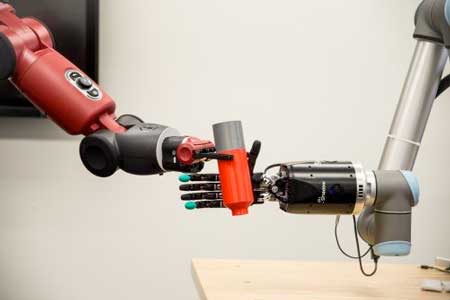
The sense of touch is often taken for granted. For someone without a limb or hand, losing that sense of touch can be devastating. While highly sophisticated prostheses with complex moving fingers and joints are available to mimic almost every hand motion, they remain frustratingly difficult and unnatural for the user. This is largely because they lack the tactile experience that guides every movement. This void in sensation results in limited use or abandonment of these very expensive artificial devices. So why not make a prosthesis that can actually feel its environment?
That is exactly what an interdisciplinary team of scientists from Florida Atlantic University and the University of Utah School of Medicine aims to do. They are developing a first-of-its-kind bioengineered robotic hand that will grow and adapt to its environment. This living robot will have its own peripheral nervous system directly linking robotic sensors and actuators. FAUs College of Engineering and Computer Science is leading the multidisciplinary team that has received a four-year, $1.3 million grant from the National Institute of Biomedical Imaging and Bioengineering of the National Institutes of Health for a project titled Virtual Neuroprosthesis: Restoring Autonomy to People Suffering from Neurotrauma.

Have you ever lifted half a ton? With the Guardian GT, a set of robotic arms, you could do so with as little as two kilogram (five pounds) of force, allowing you to have superhuman strength.
Elon Musk recently made headlines asserting that, in order for us to both progress and survive as a species, we must merge with machines and become cyborgs. And, as climate change rages onwards and the biological difficulties of completing a human mission to Mars become ever more apparent, many are beginning to agree.

Not sure what to think of this, opinions thoughts??
Written By Amanda Froelich Truth Theory
In a move that can only be considered controversial, the first pig-human hybrid has been successfully created in a lab. Researchers managed to grow human cells inside early-stage pig embryos, which led to the creation of the first pig-human hybrids ever made. The result is described as interspecies chimeras.
Though the experiment is still in its early days, scientists think the “breakthrough” would possibly one day lead to lab-grown human organs that would be transplanted into people who need them. If the experiment is successful, hundreds of thousands of lives could be saved.